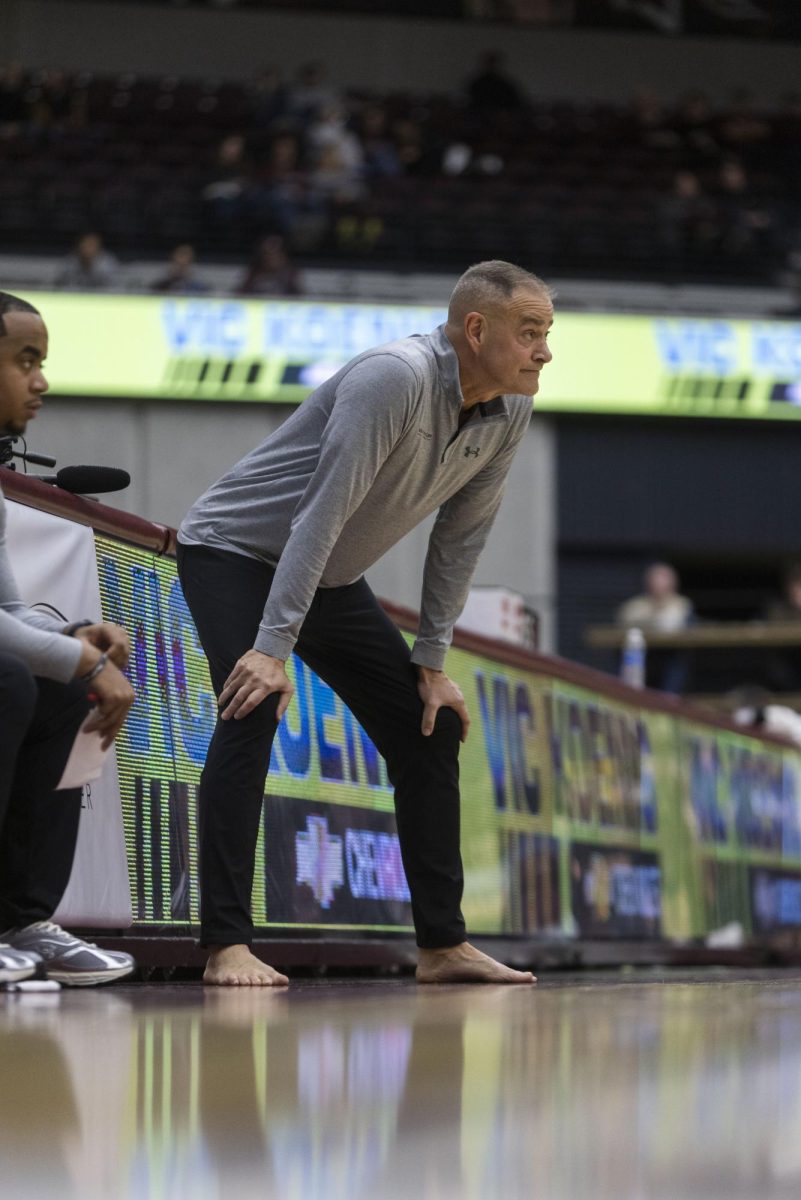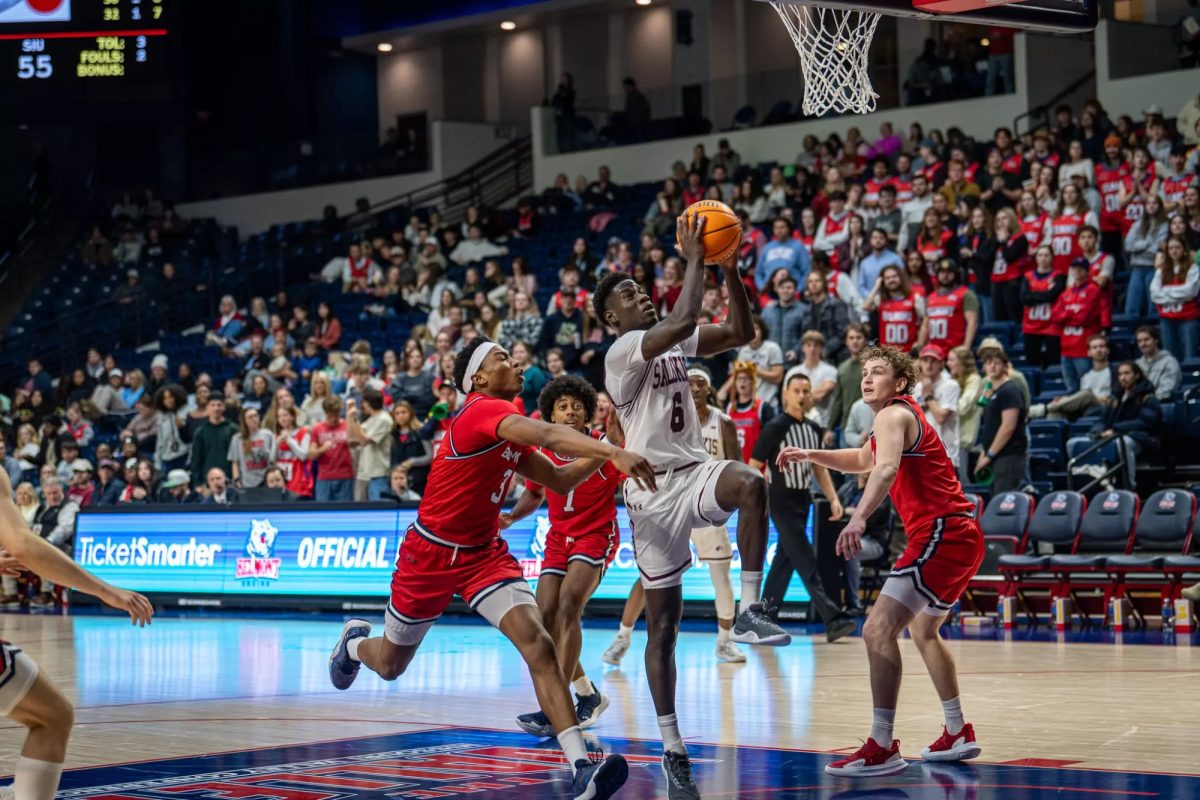Green Fund promotes a more sustainable campus
October 28, 2015
The SIU Green Fund has invested almost $1.8 million to creative and sustainable minds on campus since students proposed the Green Fee in 2009.
Applications for Green Fund projects for the 2015-16 school year are being accepted through March 1, 2016. Proposals can be submitted by students, faculty and staff working together or independently.
The Green Fund is financed by the student Green Fee, which is up to $10 per semester, said SIU Sustainability Coordinator Geory Kurtzhals, whose position is also funded by the Green Fee. The fund has provided financial assistance to 133 projects since it was established six years ago.
Advertisement
Areas of research include energy, water, waste, buildings, transportation, grounds, social equality or food and dining, according to a university press release about the fund.
Austin Little, a graduate student in horticulture from Quincy, got involved with the Green Fund as an undergraduate and has since worked on green fee-funded projects, including the campus green roof.
Karen Midden, associate dean of the College of Agriculture, started the green roof project to install a garden system on top of the Agricultural Building. She said the roof is home to a variety of plants, including wildflowers and fresh produce. She said it has benefits such as managing storm water, reducing urban heat, providing insulation and improving air quality.
“A lot of students were saying they wanted to learn about green roof technology and they wanted to have a green roof on campus,” Midden said.
In fall of 2010, she, along with more than 120 students, spent five days installing the roof, which is still used for demonstrations, public tours and gardening.
“The psychological [aspects] are extremely invaluable of connecting people with nature in any way they can,” she said.
Little said he is involved with maintenance and community outreach. He also uses the rood for a research on various topics, including urban agriculture and green roof fertility management.
Advertisement*
“The green fund has provided me with the green roof where I’m able to carry out my research, so that is a big benefit,” Little said.
As part of his fertility management research, Little is conducting comparative fertilizer trials on sweet Hungarian peppers and charentais melons.
He also received funding from the Green Fee to attend Cities Alive, an annual conference in New York hosted by Green Roofs for Healthy Cities, a not-for-profit organization working to promote green roofs and other forms of green architecture in America.
“In a way, the Green Fee is paying to encourage more research and hopefully we can apply it to SIU and the greater community after that,” Little said.
Midden has been involved with other projects since the roof, including green walls in the Agriculture Building and Recreation Center. She said the Agriculture Building wall, which provides insulation and absorbs sound, involved more than 70 students who designed and installed it.
“[The walls are] a way to get nature into urban areas, even if grown abnormally,” Midden said.
However, projects are not limited to plants.
Mark Varns, professor in the department of theater, said he was driven by an interest in green technology and green materials, so he created a proposal with graduate students in his advanced lighting design class to replace incandescent light fixtures in McLeod Theater with LED bulbs.
Varns said the lights save energy and color changing bulbs provide functional design advantages.
In addition to exposing students to sustainable technologies, Varns said the monetary savings add up with time. The cost savings will equal initial purchase price after about 10 years, he said.
“[This project] absolutely would not have happened without the green fund,” Varns said.
The dental hygiene program has also become more eco-friendly through the fund.
Joan M. Davis, a professor in the school of allied health, proposed the dental hygiene program move to a paperless, electronic record system to cut back on paper and chemicals used to develop non-digital X-ray images. She said she wanted her students to work with the same paperless system they would encounter in future jobs.
Her program could not provide funding for the project, so she wrote a proposal for green funding. In May 2013 she and the students working with her were awarded $100,000 for the project.
“This was an excellent example of students supporting students in their education and training and also to the community and healthcare,” Davis said.
Many other Green Fee-funded projects, including the SIU Sustainable Farm and solar-powered trash and recycling containers on campus, have had similar positive feedback.
“I like to see the Green Fund being used for things that teach as well as serve a function,” Midden said.
She said students should consider sustainable opportunities in their discipline that could yield results that are educational, shareable and lasting.
“The Green Fee and the Green Fund is an awesome resource we have here at SIU and it allows students to get more involved in these progressive ideas,” Little said.
The nine-member sustainability council, made up of students, faculty and staff, determines which projects will receive funding.
The sustainability committee is looking for projects that uphold all three pillars of sustainability: environmental, societal and economic concerns, and incorporate a lasting educational and outreach aspect, Kurtzhals said.
Awarded projects will be announced on Earth Day, or April 22, 2016.
“The green fund is an awesome resource we have here at SIU,” Midden said. “I think we should be leaders with our students to [show] the state and the public alternative methods of doing something.”
Anna Spoerre can be reached at [email protected] or on Twitter @ASpoerre_DE
Advertisement







